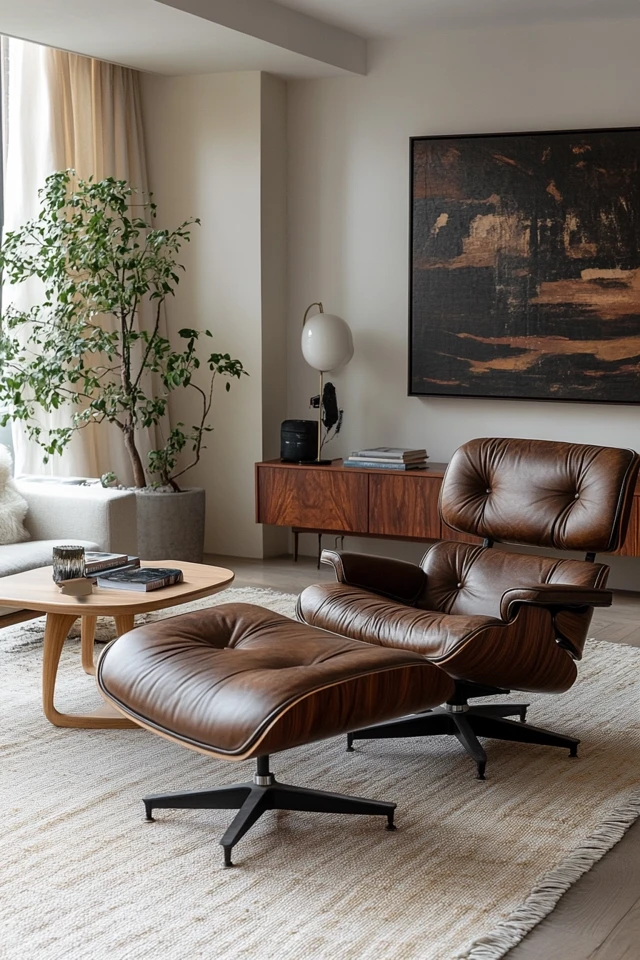Mid-century modern design has cemented itself as a timeless and beloved style, and one of the key reasons for its enduring appeal is its iconic furniture. With clean lines, functional designs, and a flair for both simplicity and artistry, mid-century modern furniture can instantly elevate any space. I still remember my first foray into this style when I spotted a vintage credenza at a flea market—it was love at first sight. That piece, with its rich walnut finish and tapered legs, became the anchor of my living room and sparked a full-blown obsession with mid-century modern interiors.
The beauty of mid-century modern furniture lies not just in its form, but also in its functionality. These pieces are versatile, blending seamlessly with other design styles while adding a touch of sophistication and warmth. In this post, I’ll walk you through 10 must-have mid-century modern furniture pieces that can help you create a stunning, timeless space. Whether you’re starting from scratch or adding a few key items, these essentials will bring the mid-century modern aesthetic to life in your home.
What Defines Mid-Century Modern Furniture?
Before we jump into the must-haves, it’s worth exploring the defining characteristics of mid-century modern furniture:
- Clean Lines: Sleek, simple designs without unnecessary embellishments.
- Organic Shapes: Pieces often feature gentle curves and flowing, ergonomic forms.
- Natural Materials: Wood, leather, and stone are complemented by metal or glass.
- Functionality: Practical designs that prioritize comfort and usability.
- Tapered Legs: Furniture often sits on thin, angled legs for an airy, elevated look.
1. The Iconic Sofa
A mid-century modern sofa is often the centerpiece of any living space. Its clean lines, low profile, and tufted upholstery create a striking yet approachable look.
Key Features
- Rectangular or slightly curved shape.
- Wooden or metal tapered legs.
- Upholstery in neutral tones or rich colors like mustard yellow, teal, or olive green.
Example:
The Florence Knoll Sofa or a tufted three-seater in gray linen with walnut legs.
2. The Credenza (or Sideboard)
A credenza is a quintessential mid-century modern piece that combines beauty and function. It’s perfect for storage while adding a sleek statement to your space.
Key Features
- Sliding doors or clean-lined drawers.
- Rich wood tones like walnut or teak.
- Can be used as a media console, buffet, or even an entryway piece.
Example:
A vintage Danish teak credenza with minimalist hardware.
3. The Eames Lounge Chair and Ottoman
No mid-century modern collection is complete without this iconic duo designed by Charles and Ray Eames. It’s the epitome of form meeting function.
Key Features
- Plywood shell with leather upholstery.
- Ergonomic design for ultimate comfort.
- Works as a statement piece in living rooms, offices, or reading nooks.
Example:
Pair it with a sleek floor lamp for a cozy reading corner.
4. The Tulip Table
Designed by Eero Saarinen, the Tulip Table is a mid-century modern classic. Its pedestal base and round top make it a versatile piece for dining rooms or small breakfast nooks.
Key Features
- Smooth, single pedestal base.
- Tops available in materials like marble, laminate, or wood.
- Pairs beautifully with almost any style of chairs.
Example:
A white Tulip Table with black leather chairs for a bold contrast.
5. The Hairpin-Leg Coffee Table
A coffee table with hairpin legs is an affordable and stylish way to bring mid-century modern vibes into your space. Its minimalist design keeps the room feeling open and light.
Key Features
- Hairpin metal legs paired with a wood or glass top.
- Rectangular, oval, or round shapes.
- Great for small or large living rooms.
Example:
A reclaimed wood tabletop with black hairpin legs for a touch of rustic charm.
6. The Wishbone Chair
This elegant dining chair by Hans Wegner is a masterpiece of craftsmanship and simplicity. It’s as comfortable as it is stylish.
Key Features
- A curved wooden frame with a distinctive “Y”-shaped backrest.
- Seat made of woven paper cord or cane.
- Often used in dining rooms or as an accent chair.
Example:
Pair a set of wishbone chairs with a walnut dining table for a cohesive look.
7. The Bar Cart
Mid-century modern bar carts are the perfect blend of style and functionality, making them a must-have for entertaining enthusiasts.
Key Features
- Sleek wood or metal frames with glass or mirrored shelves.
- Compact and mobile with caster wheels.
- Doubles as a decorative piece when not in use.
Example:
A walnut bar cart with brass accents, stocked with vintage cocktail glasses.
8. The Platform Bed
Mid-century modern bedrooms often feature platform beds that are low to the ground and have a minimalist aesthetic.
Key Features
- Wooden frames with clean lines.
- Often features a slatted or upholstered headboard.
- Works well with neutral or colorful bedding.
Example:
A walnut platform bed with a gray tufted headboard and crisp white linens.
9. The Nesting Tables
Nesting tables are a versatile and space-saving addition to any mid-century modern living room.
Key Features
- Set of two or three tables that can be stacked or used separately.
- Often feature wood or glass tops with metal frames.
- Perfect as side tables or impromptu coffee tables.
Example:
Teak nesting tables with curved edges for a softer look.
10. The Shell Chair
The shell chair is an effortlessly chic accent piece that embodies mid-century modern design.
Key Features
- Curved, molded seat that appears to float.
- Made of wood or plastic, often with metal legs.
- Available in a variety of colors and finishes.
Example:
A white molded shell chair with wooden legs, styled with a faux sheepskin throw.
Picture Gallery

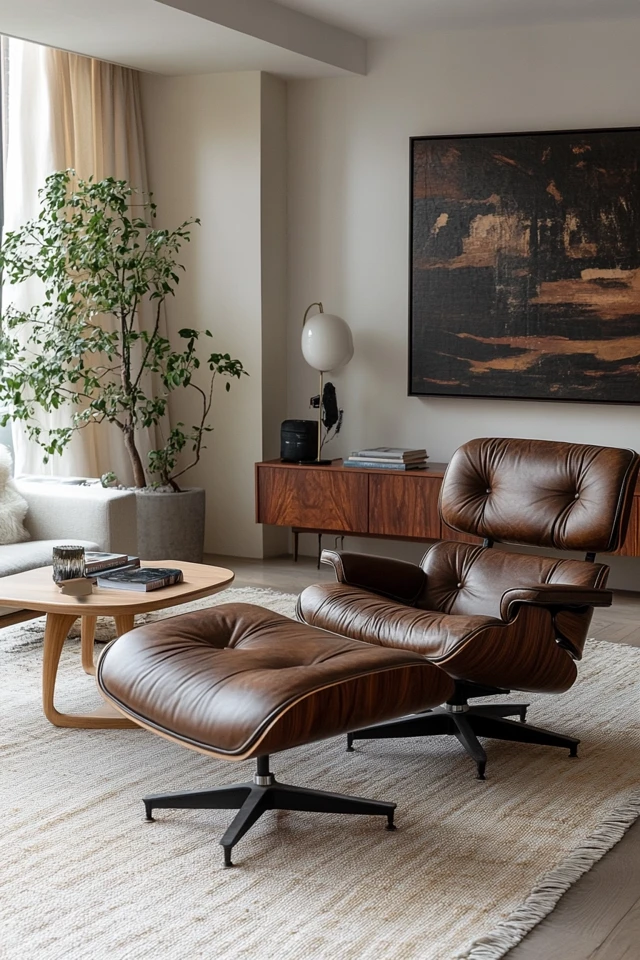
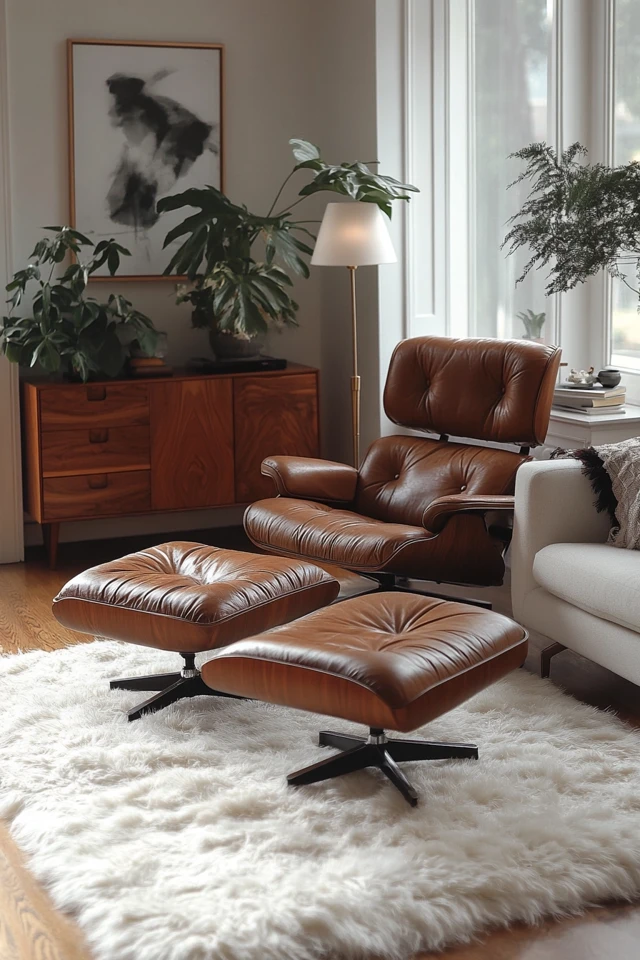
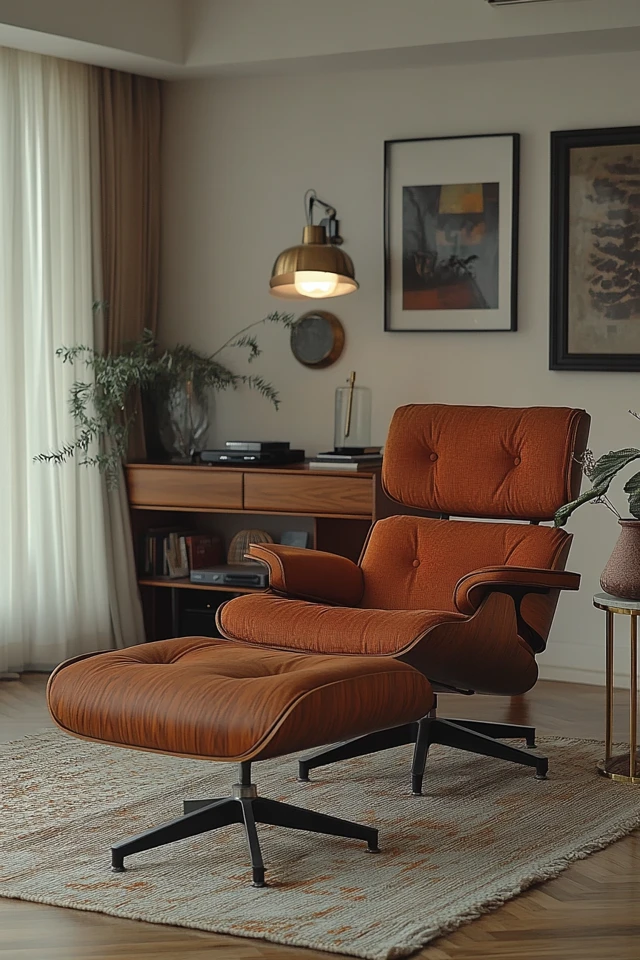
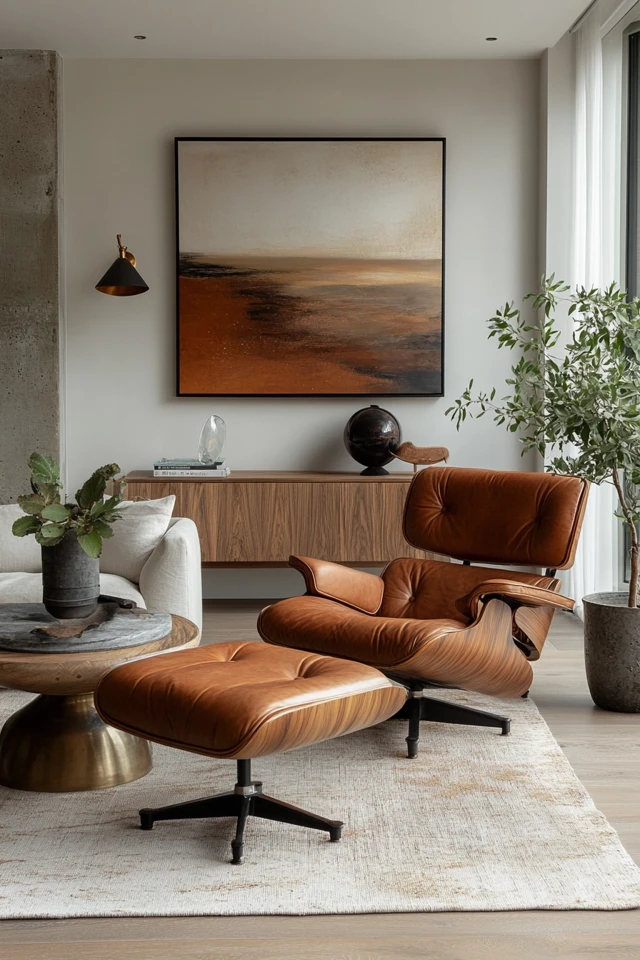
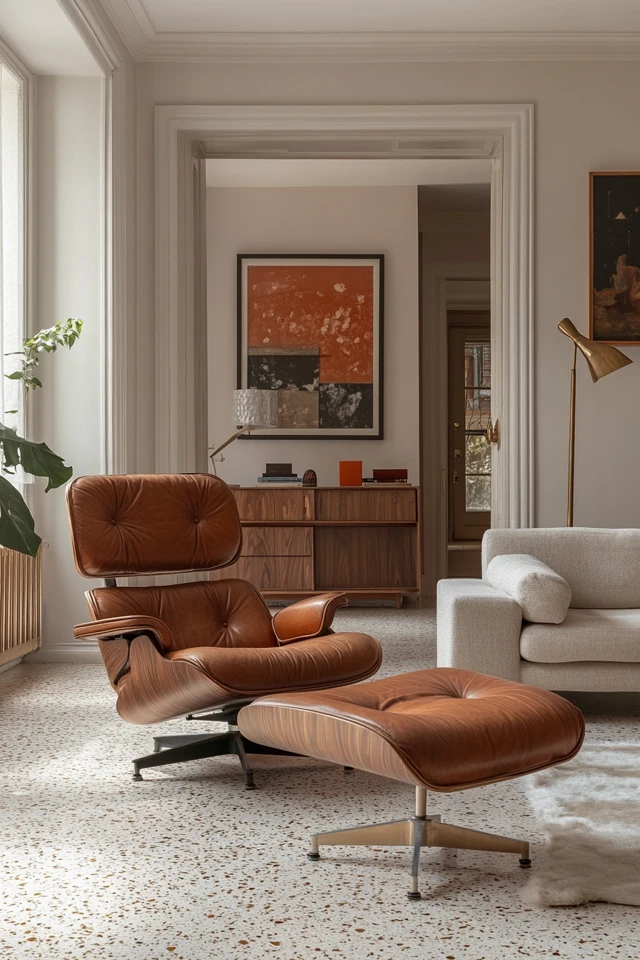
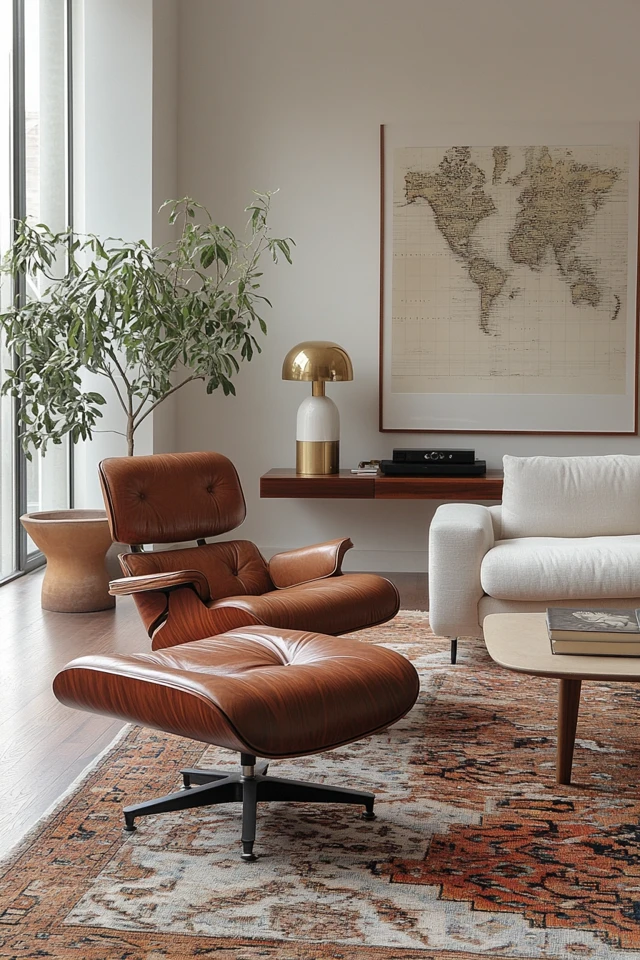
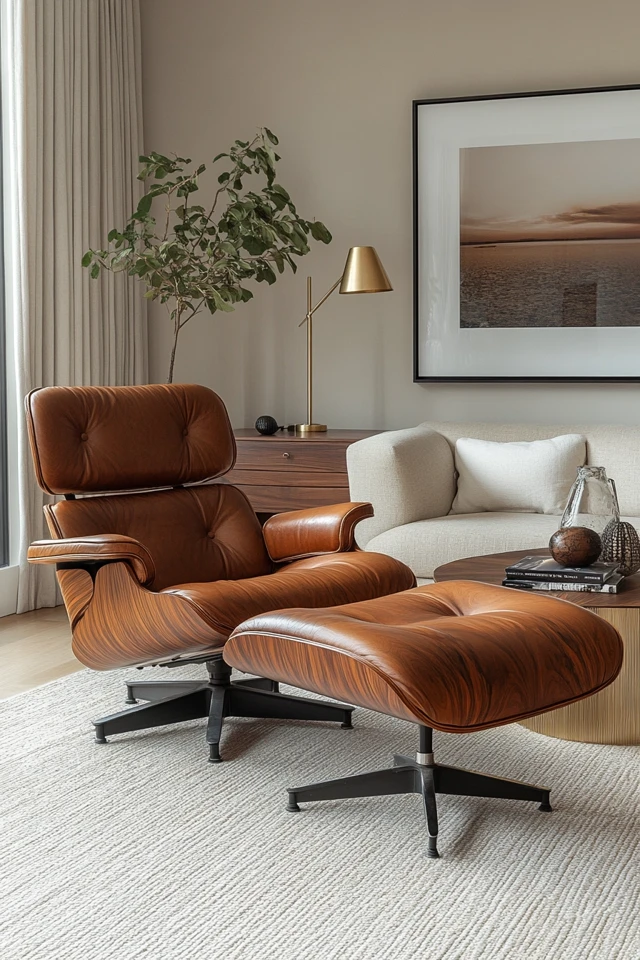
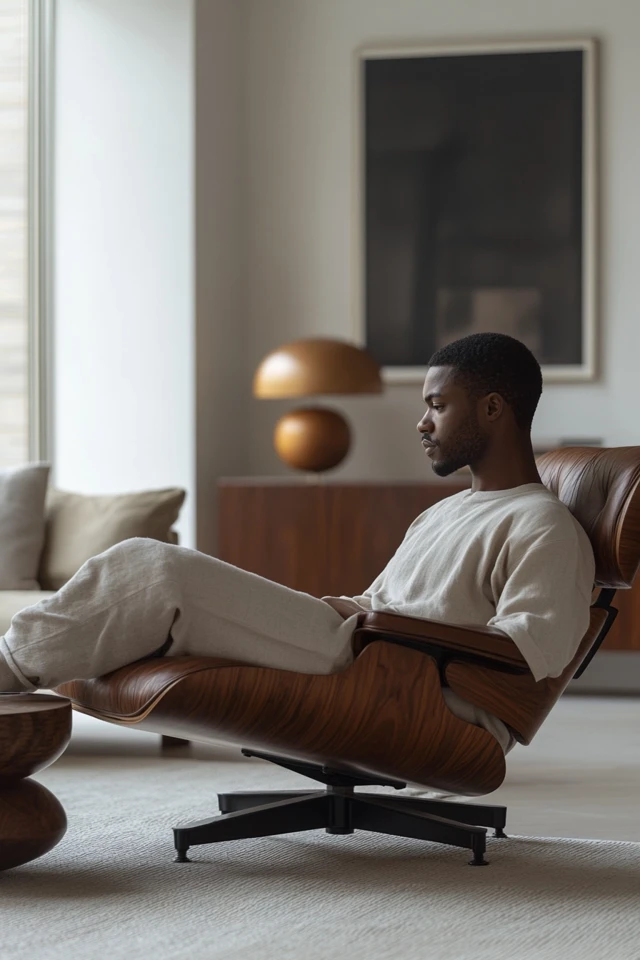
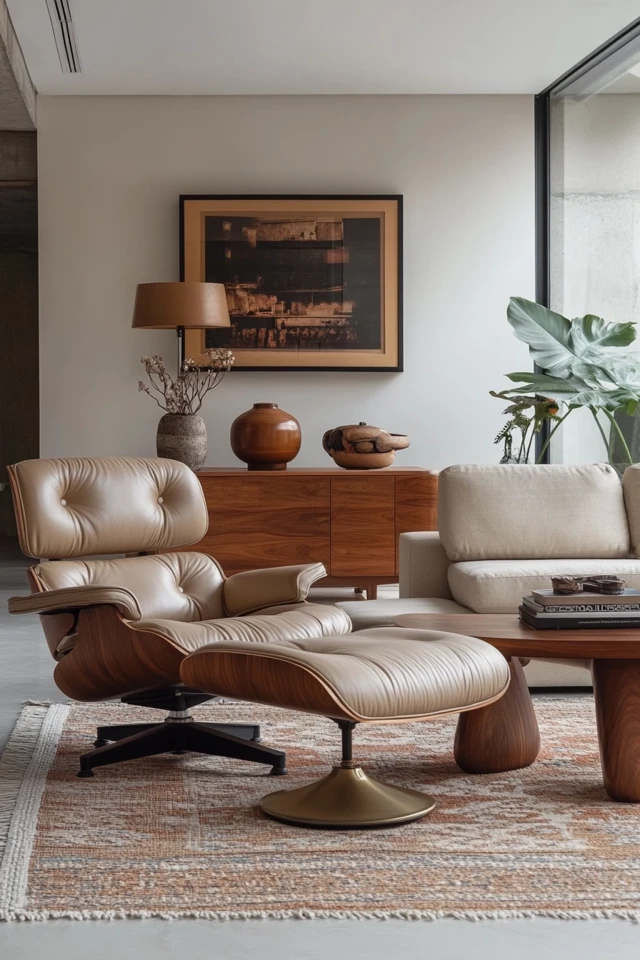
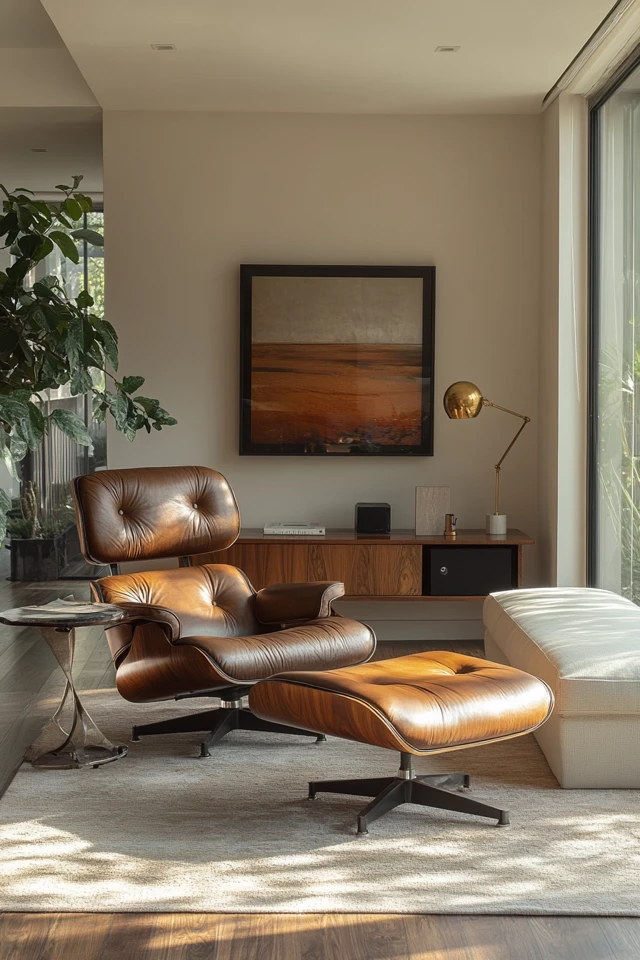

How to Style Mid-Century Modern Furniture
Keep It Minimal
Mid-century modern thrives on simplicity. Avoid clutter and let each piece shine.
Mix Old and New
Combine vintage pieces with modern accents for a look that feels layered and fresh.
Incorporate Greenery
Add potted plants or hanging greenery to soften the space and bring life to your design.
Conclusion
Mid-century modern furniture is more than just a design trend—it’s a timeless investment in style and functionality. Each of these 10 pieces has the power to transform your space, whether you’re leaning fully into the mid-century look or just incorporating a few key elements.
For me, the journey into mid-century modern design started with a single piece—a vintage credenza that still holds a place of honor in my home. It taught me that good design doesn’t just fill a space; it tells a story and enhances the way you live.
So, whether you’re hunting for a classic Eames chair or a set of wishbone dining chairs, remember that mid-century modern is about more than aesthetics—it’s about creating a space that feels beautiful, functional, and uniquely yours.
FAQ
What makes mid-century modern furniture unique?
Its clean lines, functional design, and use of natural materials make it stand out. It’s a style that blends form and function seamlessly.
Can I mix mid-century modern furniture with other styles?
Absolutely! Mid-century modern pairs well with bohemian, industrial, and Scandinavian styles.
Where can I buy authentic mid-century modern furniture?
Check out local vintage shops, online marketplaces like 1stDibs or Chairish, or retailers that specialize in reproductions like West Elm.
How do I care for mid-century modern wood furniture?
Use a soft cloth and mild cleaner to keep wood surfaces clean. Avoid harsh chemicals, and consider re-oiling periodically to maintain the finish.
What colors work best with mid-century modern furniture?
Neutral tones like white, beige, and gray are great for a base, while accent colors like mustard yellow, teal, and burnt orange add a retro flair.

